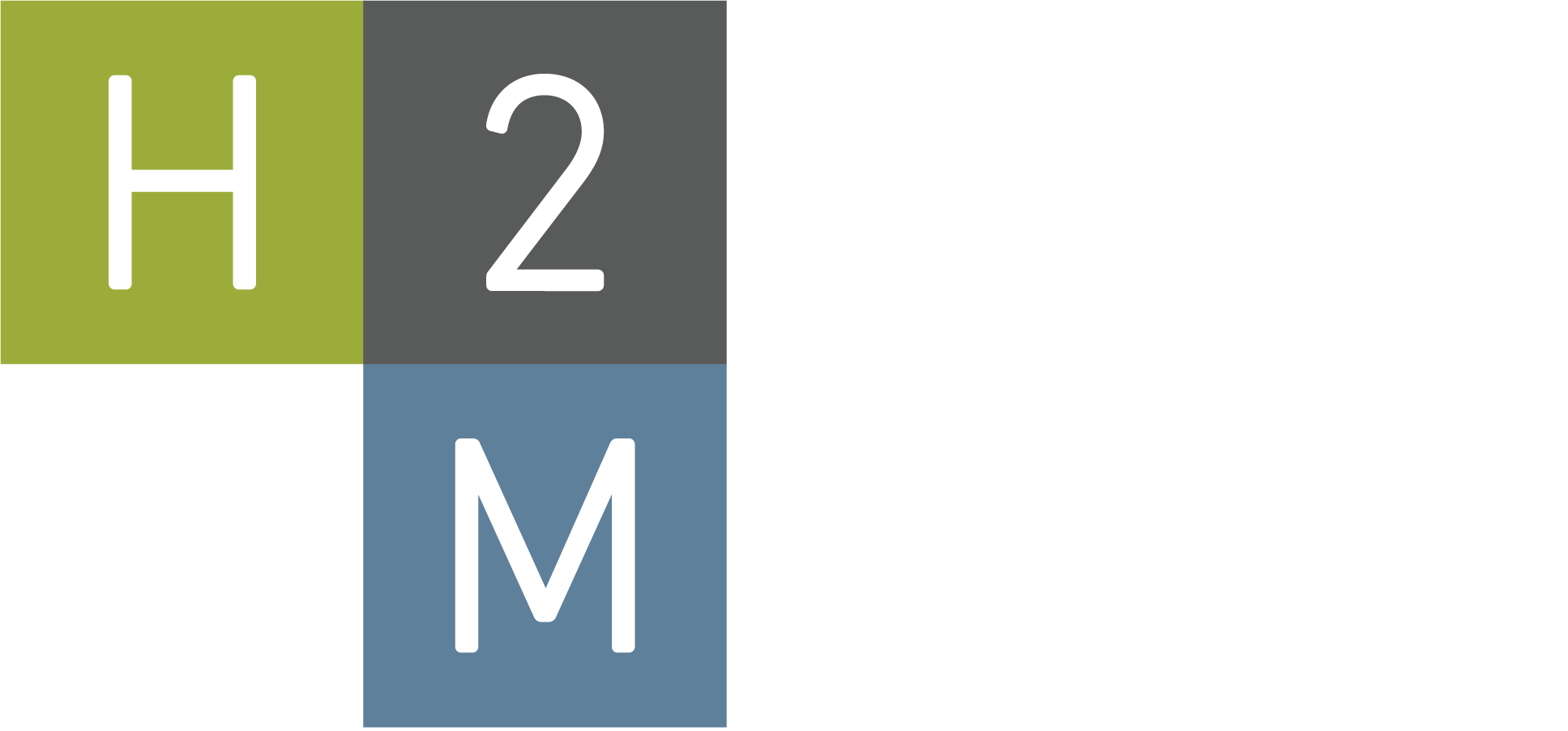Everyone knows that municipalities are responsible to maintain our roads, streetlights, sidewalks, and other man-made infrastructure but who “maintains” our trees?
At H2M , our landscape architects train to become ISA Certified Arborists from the International Society of Arboriculture (ISA). ISA Arborist certification requires knowledge of tree identification, management, biology, installation and establishment, disorder diagnosis, risk management, and tree safety. When designing, restoring, or managing a landscape, we check the health of existing trees and shrubs in the landscape, and anticipate how proposed construction will affect them. We perform tree inventories for Towns and Villages, as well as on a variety of project types including, but not limited to, campuses, private developments, streetscapes, and large construction projects.
We typically conduct a tree inventory using the New York City Department of Parks and Recreation (NYCDPR) Tree Inventory Workbook. This digital file is used as a template, depending on the extent of tree data collection needed. Data collected is organized by an approved index numbering system, and includes tree identification by tree genus and species; by common name; measurement of tree diameter at breast height (DBH); total tree height; crown height; crown width; age class; total tree condition based on a 0-32 point system; and preliminary pruning, protection, and removal recommendations. Field observations and comments are also added to the workbook. The tree inventory data can also be formatted into Geographic Information Systems (GIS) to include street name and location, along with GPS coordinates for mapping which can be imported into CAD drawings.
The tree inventory data is often needed for documenting existing site conditions and for attaining tree removal permits. Tree inventories are also used for quantifying tree removals and tree care. Baseline tree inventory information also provides data for determining tree critical root zones (CRZ) and calculating tree valuation. Tree photos are taken to document existing tree conditions and noted tree problems or issues. For certain projects, a more thorough Tree Photo log is assembled to document the tree silhouette, its root collar, trunk, and crown, as well as to capture any tree problems, issues, and observations. These photos can be referenced should any tree issues arise during construction.
The tree inventory assists arborists in making a technically defensible and reasonable effort to preserve existing trees from construction impacts and minimize potential tree loss and tree damage throughout a project area. Typical challenges include soil compaction, root damage, bark and branch wounds, and root flare damage caused by changing grades to establish new drainage patterns. Arborists study and analyze proposed building sites, roadway construction, grading and drainage improvements, utility installation, and new walkways to identify locations where proposed work will potentially impact existing trees. Early arborist’s input during design can preserve and protect existing trees of value and provide the tree infrastructure necessary for successful tree health and growth.
Tree health assessments benefit the overall community by protecting specimen trees of value, identifying trees in poor or declining condition in need of removal or mitigation, as well as selecting new tree planting. New trees provide shade, reduce the heat index, sequester carbon, filter storm water, and improve air quality. Visually enhanced streets with trees improve microclimate conditions and have proven to increase property values. Arborists and landscape architects jointly consider the implications of species selection in order to balance planting objectives of providing shade, visual and seasonal interest, wildlife habitat, and environmental benefit, with the inherent concerns of species survival, branching habit, traffic and pedestrian visibility, utility conflicts, and maintenance concerns.
New York State’s Department of Environmental Conservation Urban and Community Forestry Grant Program offers funding opportunities annually. Click here to view eligibility requirements.
H2M is available to assist with preparation of grant opportunity applications.
For more information regarding capital planning, please contact:
Kenneth Keltai, RLA, ISA
Practice Leader/Manager – Landscape Architecture
kkeltai@h2m.com



